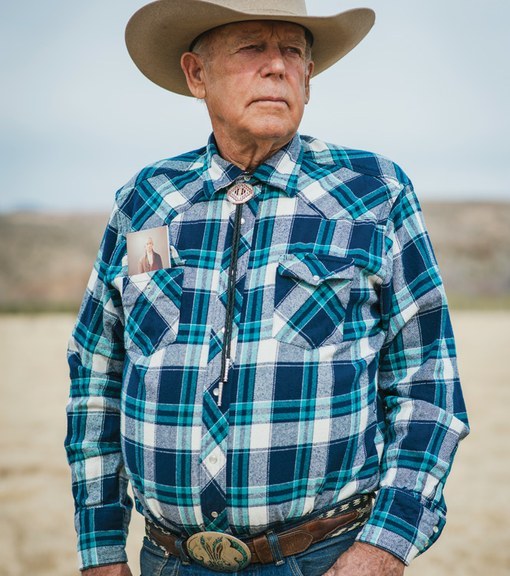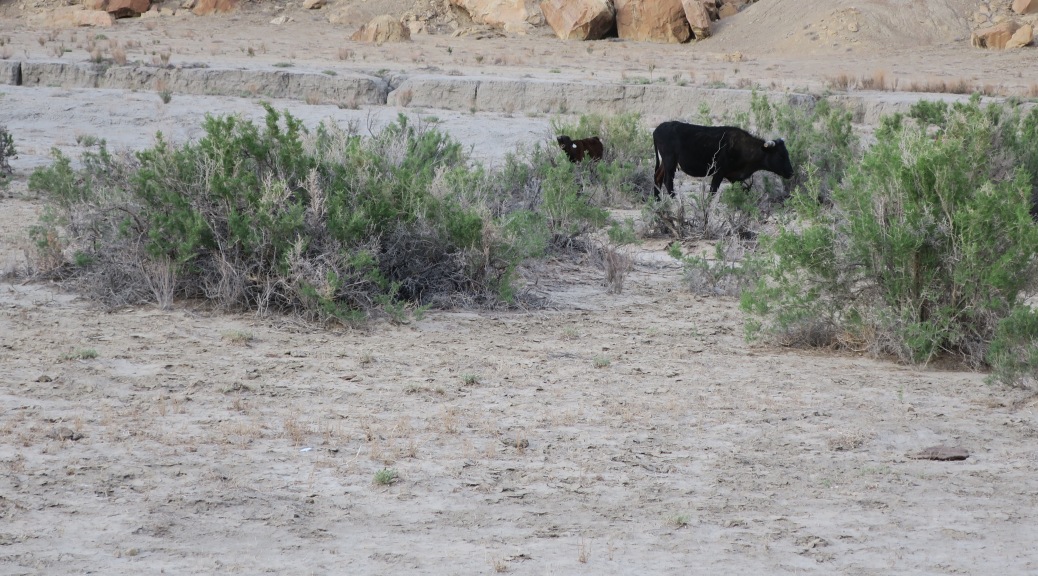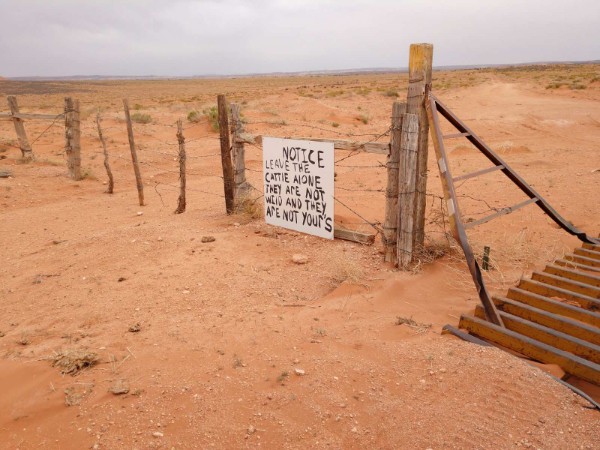This open letter from Richard Spotts has also been published in CounterPoint and The Wildlife News among other places.
Richard Spotts worked for the Bureau of Land Management (BLM) for 15 years as Planning and Environmental Coordinator. Prior to his retirement in 2017, Richard had other professional jobs including environmental attorney, registered lobbyist, watershed project director, and county zoning administrator. He lives in Saint George, Utah where he is an active volunteer on public lands and environmental issues.
An Open Letter to Interior Secretary Haaland: Cliven Bundy’s Chronic Trespass Grazing Must End and How to Do It
Dear Secretary Haaland and other DOI officials:
Cliven Bundy’s more than a quarter century of blatant and destructive trespass livestock grazing on federal lands must come to an end. Enough is enough. Since about 1995, this illegal grazing has continued up to the present in the Bureau of Land Management’s (BLM) Gold Butte National Monument, the National Park Service’s (NPS) Lake Mead National Recreation Area, and within the U.S. Fish and Wildlife Service’s (FWS) designated critical habitat for the threatened Mojave desert tortoises in southern Nevada. This prolonged grazing and the associated ongoing construction of unauthorized “range improvements” violates the Federal Land Policy and Management Act, National Historic Preservation Act, Endangered Species Act, and many other laws and associated regulations. It also violates at least two previous federal court orders.
Continue reading Enough of Bundy Already


















